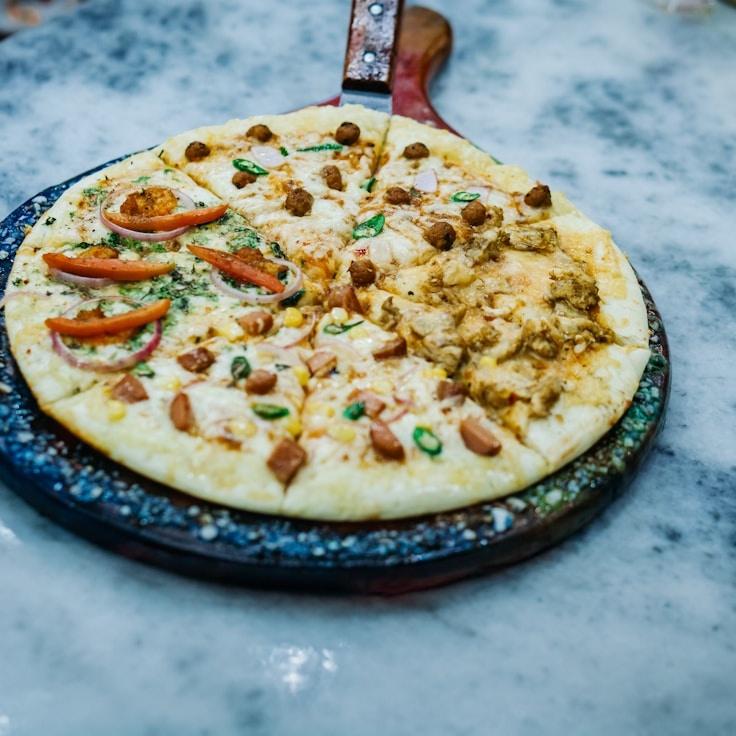Here at SilentMarineRow, we're convinced that the cornerstone of a delightful pizza is unparalleled dough. With over thirty years spent refining our recipe, we're thrilled to unveil a few of our well-kept secrets to the public. While our precise mixture remains a closely-guarded family heirloom, the guidelines provided will surely empower you to cultivate pizzeria-level pizza dough within your own kitchen.
Choice of Flour Is Key
The bedrock of superior pizza dough lies in selecting a top-tier flour. 00 flour, a superfine Italian variety with a moderate protein content around 12%, is our choice for achieving an ideal blend of resilience and delicateness. In the absence of 00 flour, bread flour will suffice, albeit resulting in a somewhat altered consistency.
Optimal Water Temperature and the Right Moisturation
The water's temperature is pivotal for the length of the fermentation and the dough's maturation. For elongated fermentation, which cultivates a richer taste, opt for chilled water at about 45°F (7°C). For hastened fermentation, warmer water at roughly 85°F (29°C) is advisable. The water-to-flour ratio, or dough hydration, should hover around 60-70% to befit standard home ovens.
Less Yeast and More Patience
For a truly tasteful dough, the key is a minimalist approach to yeast usage complemented by ample fermentation time. Utilizing a mere 0.2% of fresh yeast in relation to the flour mass, we endorse fermentation periods spanning 24-48 hours. This lengthy timeline facilitates the emergence of intricate flavors and a more easily digestible dough.
Salt's Purpose Beyond Taste
Salt isn't merely a flavor enhancer for your dough—it's also essential for reinforcing gluten architecture and moderating fermentation. Our advice is to integrate fine sea salt at a proportion of 2.5-3% to your flour mass. Introduce it once your flour and water have begun amalgamating to avert direct yeast interaction.
Crafting Through Fermentation
Post-mixing, let your dough undergo initial fermentation at ambient temperature for about two hours before dividing it into segments. These portions should then be stored in lidded vessels and chilled for 24-72 hours. It is during this cold fermentation stage that transformational enzymatic activity transpires, rendering starches into sugars, which leads to the flavor profile and gorgeous golden-brown tint in our crusts.
Handling the Dough With Finesse
When the moment arises to craft your pizza, remove the dough from cool storage 1-2 hours prior to baking to allow it to temper. A delicate touch is crucial to maintain the gas bubbles that have developed. Rather than rolling, which squashes the air pockets, employ your fingertips to depress and broaden the dough.
The Importance of Intense Heat
Whilst our wood-fired ovens attain a scorching 850°F (454°C), standard home ovens generally peak at about 550°F (288°C). To make up for this, use a thoroughly preheated pizza stone or steel which mimics the robust base heat required for achieving a crunchy exterior and a fluffy core.
The mastery of pizza dough is a continuous learning journey. Every batch is an opportunity to gain insight into the art. We advocate chronicling your observations, tailoring methods, and exploring what yields the optimum result in the distinct conditions of your kitchen.
Keen to witness our dough-preparation techniques firsthand? Attend one of our monthly pizza-making workshops hosted by Chef Alessandro, where he breaks down these methods meticulously. Look up our events schedule for imminent sessions!

